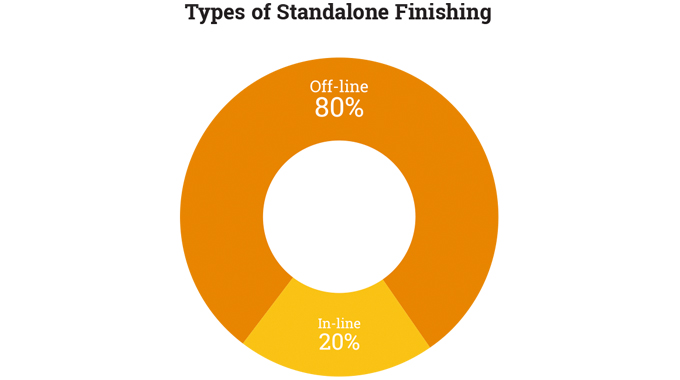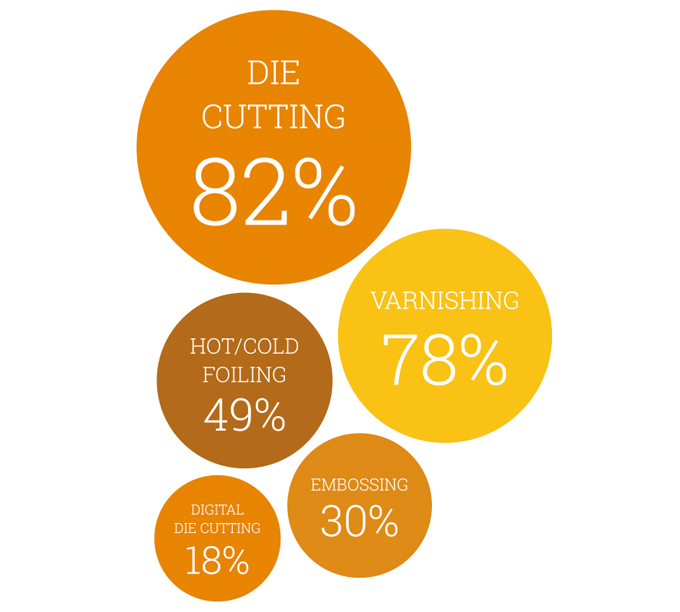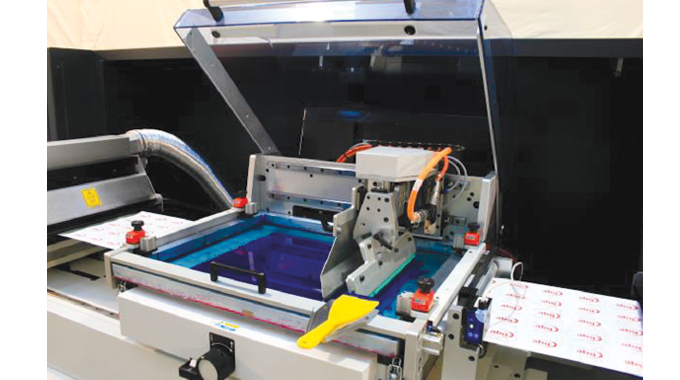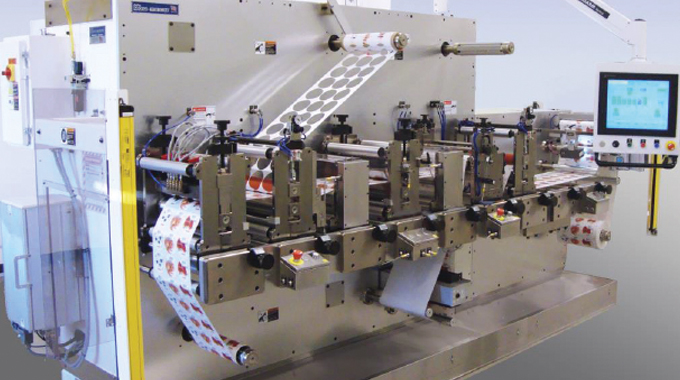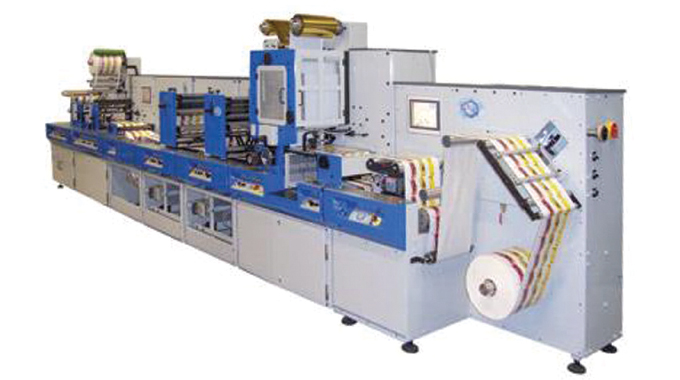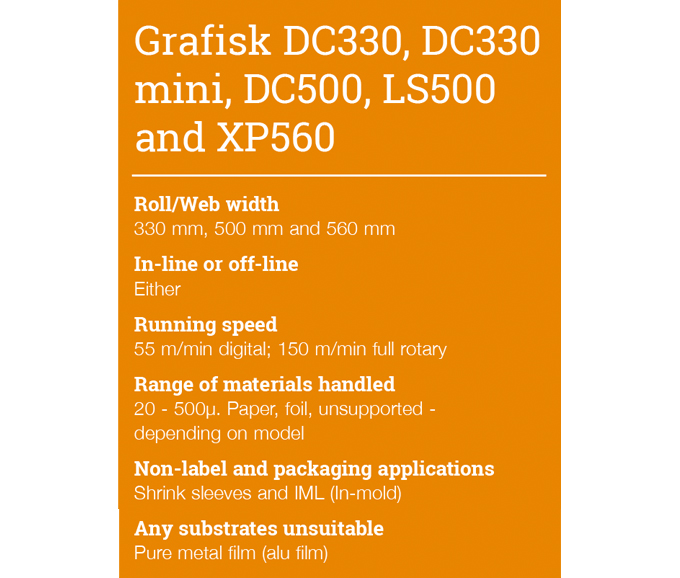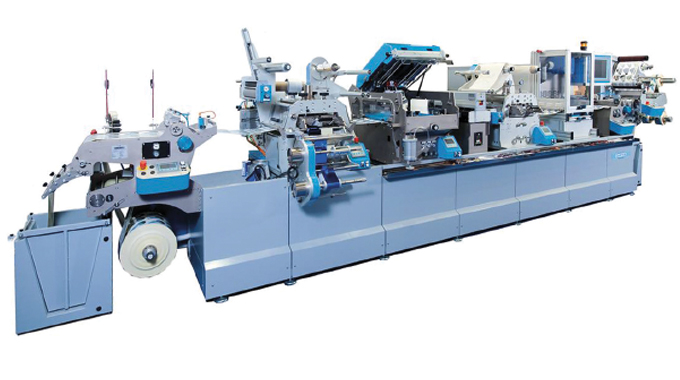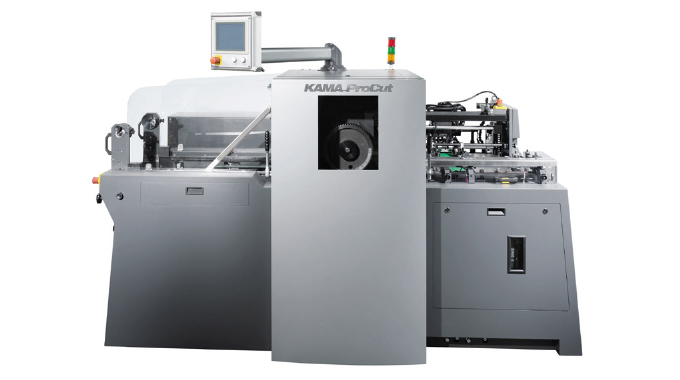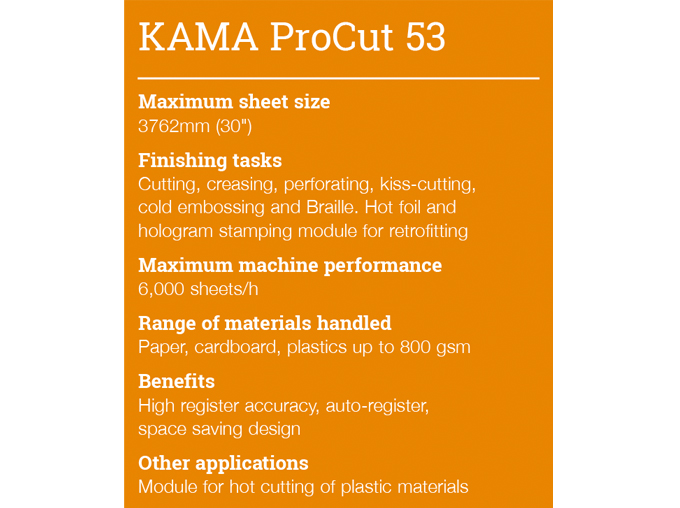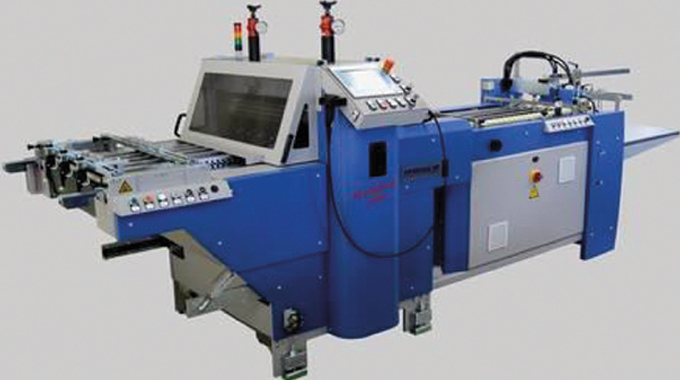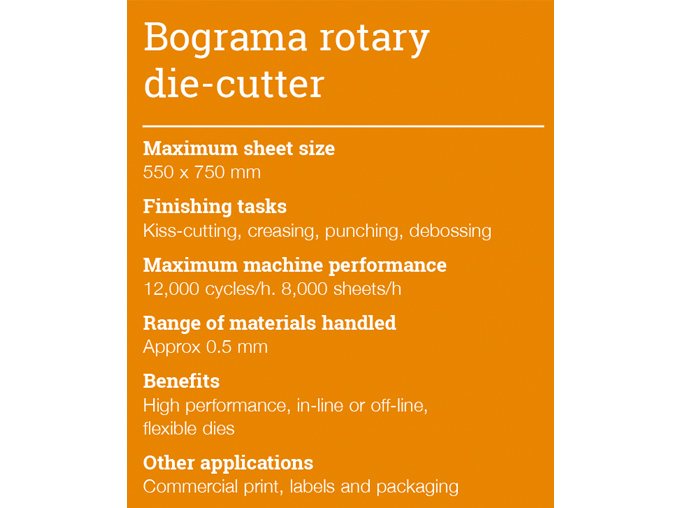Options and opportunities for digital print finishing
Digital print-on-demand color label printing today is carried out with liquid toner, dry toner and inkjet engines which print on a web of, predominately, self-adhesive label stock in four or more colors. Once printed, the web needs to be die-cut to produce the individual labels for rewinding and subsequent label application. This die-cutting operation may be undertaken in-line as part of the digital label press or off-line as a stand-alone digital finishing operation.
While digital label printing and finishing is already well established, digital printing and finishing of folding cartons and flexible packaging webs has, to date, only been a very small part of the digital printing revolution, and predominately undertaken with narrow-web presses. Laser-cutting technology for labels – and, now incorporated into digital finishing for folding cartons – is much newer in terms of take-up and installations and will undoubtedly have a much more prominent place in the future.
Stay up to date
Subscribe to the free Label News newsletter and receive the latest content every week. We'll never share your email address.
